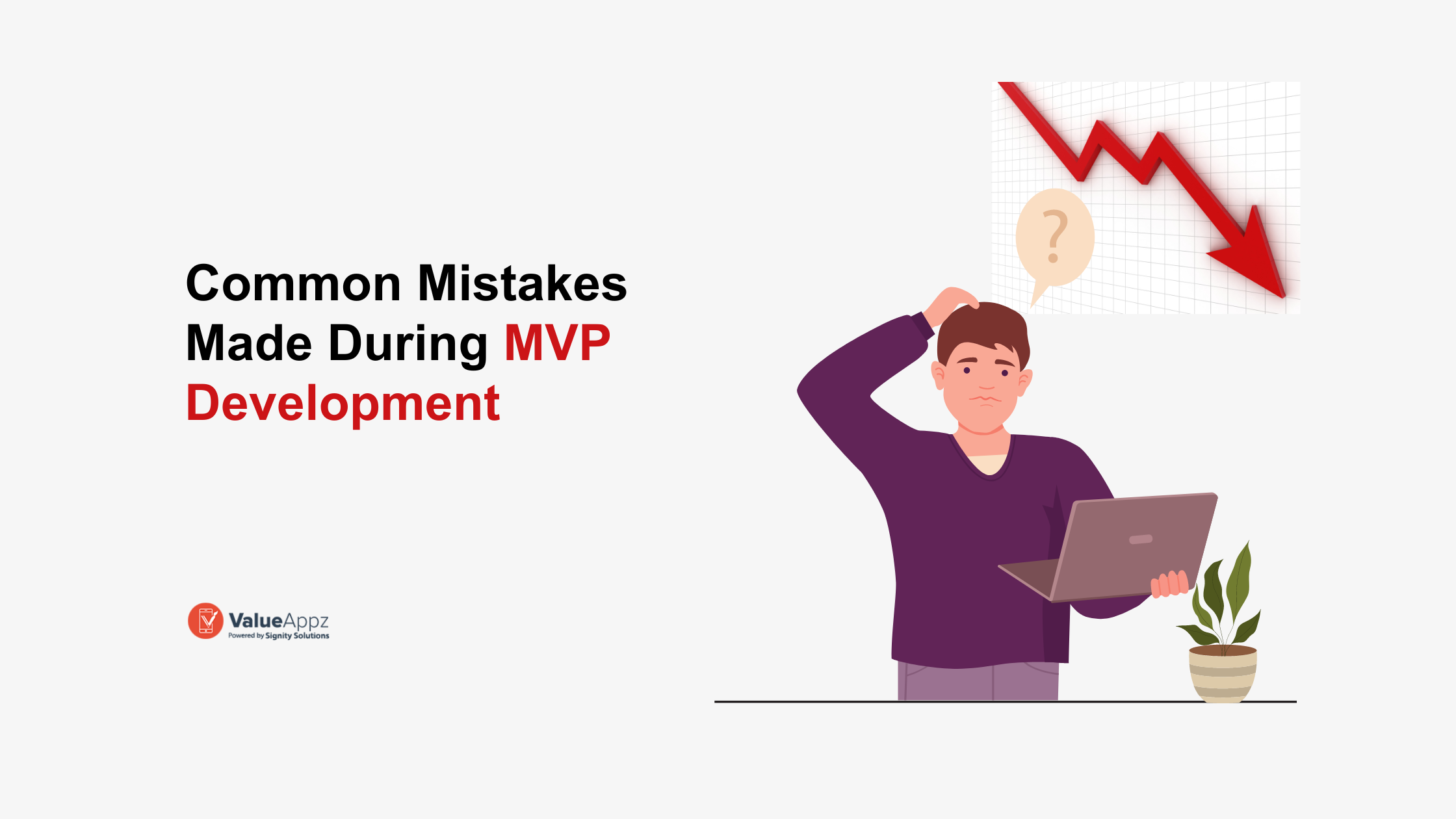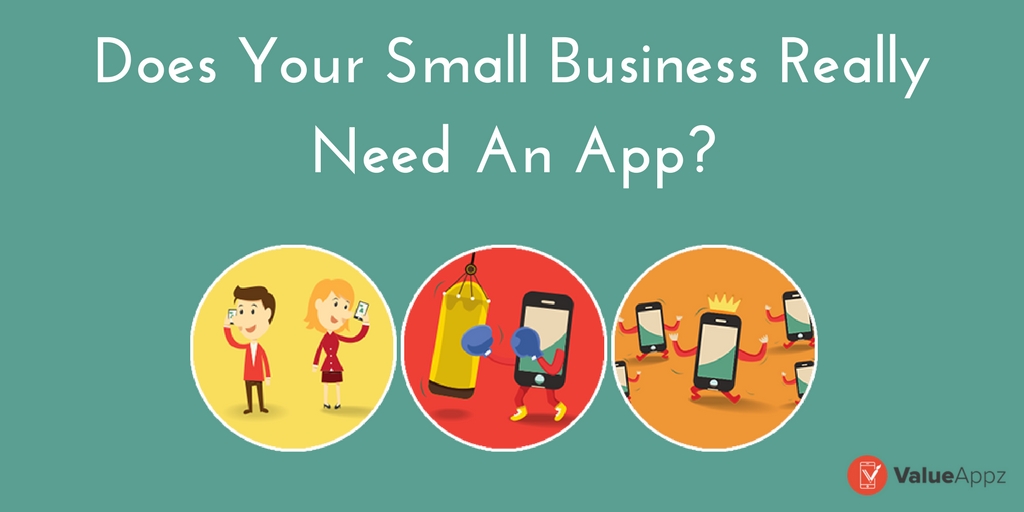5 Common MVP Mistakes and How to Avoid Them

Summary: Do you have an app idea? The first step towards product development is building an MVP to ensure success. This blog will help you discover the common MVP development mistakes and seven ways to avoid them.
Every business starts with an idea, but an idea alone is not sufficient. Startups need to validate their ideas in-depth to ensure that the product is a perfect market fit.
But how do you approve of the product concept? One of the best ways is to develop a Minimum Viable Product (MVP). MVPs allow startups to launch quickly, learn from early users, and make data-driven decisions about future product development.
With the help of leading MVP development services, you can build an MVP that provides a clear picture of how the final product will look like.
This blog will help you understand why MVP development is important, what common mistakes startups tend to make, and the perfect solutions to avoid these mistakes.
Table of Contents
Does Every Startup Need an MVP?
If you believe that building the final product can help you achieve your goals, you might be wrong. You need to build an MVP to completely understand the market, target audience, and their needs.
MVP (Minimum Viable Product) refers to a version of a new product with essential features to satisfy early adopters. The purpose of an MVP is to gather the maximum validated learning about end users with the least effort.
Hence, when building a product, it becomes crucial to build an MVP that helps to discover the specific demand for the product. Entrepreneurs in this phase usually make certain mistakes that can affect the entire product development process.
Check out our blog to know more about the importance of MVP. The Lean Startup Approach: How MVPs Can Save Your Time & Money.
5 Common MVP Development Mistakes
Many startups and small businesses make mistakes when developing MVPs, which further hampers the quality. This section will discuss the top five reasons why MVPs fail.
1. Poor Validation of Ideas
Entrepreneurs have several ideas when building a minimum viable product. But one big mistake they make is assuming that their product idea is great. It can lead to creating a product that no one really wants, thus wasting resources and time. Without proper validation, there is always a chance of developing features that do not address user needs or solve their problems.
2. Overbuilding the MVP
The Minimum Viable Product should be the bare minimum to validate the core product concept. Startups and small businesses often tend to add several features and functionalities. This not only consumes longer development time but also distracts from the core value proposition and hinders quick market entry. It can further lead to missing out on crucial user feedback and delayed iteration.
3. Inefficient Monetization Strategy
Even though MVP is not your final product, it is vital to consider how you will eventually monetize it. If not done when developing MVP, it can lead to revenue shortcomings, hindering sustainability and growth. Hence, it is crucial in this phase to analyze the market trends to create an effective monetary strategy.
4. Ignoring User Feedback
Another reason why MVP fails is overlooking user feedback. This mistake can lead to building a product that does not resonate with actual user needs and preferences. It is unsaid that the product’s final goal is to meet users’ demands and provide the finest solution to them. Therefore, analyzing their feedback when building a Minimum Viable Product is essential to ensure the quality.
5. Not Defining the Success Metrics
There needs to be clear success criteria based on which entrepreneurs can analyze the performance of MVPs. Without them, it’s challenging to track and measure their effectiveness. Clear success metrics help evaluate the MVP’s viability, user satisfaction, and market acceptance, assisting in making informed decisions.
Are you making these mistakes in MVP product development? Don’t worry—our next section will help you discover ways to avoid them.
7 Ways to Avoid Mistakes During MVP Product Development
Here are seven ways that can help you avoid problems with Minimum Viable Product development.
1. Start With a Clear Objective
First things first, start with a clear objective. It will help minimize scope creep and guide practical decision-making. It will also align stakeholders, prioritize product features, and enable effective validation of the product’s viability, hence reducing the risk of building irrelevant and overcomplicated solutions. A well-defined objective also facilitates meaningful iteration and improvement based on targeted outcomes.
2. Conduct Thorough Market Research
Once you have a clear objective, you need to conduct thorough research to avoid MVP development mistakes. For example, you should look at whether there is an actual demand for the product or solutions in an area that you are targeting. The market research can also include examining competitors to discover what pain points they have not yet covered.
3. Focus on Core Features
Building a Minimum Viable Product is all about adding just the necessary features to solve the basic problems of the target users. Development teams can avoid scope creep, needless complexity, and overpaying for non-essential parts by identifying and prioritizing key features that meet the main issue or need that the MVP seeks to answer. This focused strategy provides:
- A more efficient development process.
- A faster time to market.
- A more acute emphasis on providing a useful and practical product that appeals to customers.
4. Prototype First, Develop Second
Following the “Prototype First, Develop Second” methodology lets stakeholders visualize and engage with the product concept early in the process, hence preventing mistakes in MVP development. This method allows for quick idea validation, user testing, and feedback gathering prior to devoting a substantial amount of time and money to comprehensive development. For instance, prototyping will provide a clear idea about what features in the product are fulfilling the users’ needs.
5. Iterate Based on Feedback
How do you ensure that the product is being developed according to the target audience’s needs? One of the best ways to develop an MVP is to emphasize user feedback. This lowers the risk of developing unnecessary or too complex solutions by helping stakeholders align, prioritize features, and facilitate efficient validation of the product’s feasibility.
6. Embrace Agile Development
By segmenting the development process into smaller, more manageable jobs, agile development allows constant feedback and customization based on user input and changing needs. This strategy helps with testing, which can be done early and often, allowing teams to find and fix any errors or oversights before they cause serious problems with the finished product. Additionally, agile development promotes cooperation, openness, and adaptability, guaranteeing that the MVP closely complies with market demands and user expectations during its entire development lifespan.
7. Set Realistic Timelines and Budget
Setting realistic timelines and budgets can help avoid MVP development mistakes by providing clear constraints and boundaries for the project. It lets the teams allocate resources efficiently while prioritizing tasks efficiently. Additionally, it also promotes a sense of urgency, propelling the team towards actionable progress and ensuring that the product meets the market in a timely manner.
Build a Minimum Viable Product With ValueAppz
Are you ready to build your startup? Start with developing an MVP with the help of our professionals at ValueAppz.
Our MVP development for startups includes building a product with essential features backed by the latest and most reliable technology. Contact us to discuss your product idea.
Key Takeaways
- Every business starts with a concept, but in order to ensure a perfect market fit, it is essential to validate that idea through the development of a Minimum Viable Product (MVP).
- During the MVP development process, startups frequently make mistakes that negatively impact the product’s success and quality. Poor idea validation, overbuilding the MVP, ignoring user input, and failing to define success criteria are a few of these.
- To reduce these errors, it’s critical to start with a clear goal, carry out in-depth market research, iterate based on feedback, adopt agile development, concentrate on core features, and set reasonable timetables and budgets.
- Prioritize user needs and preferences throughout the MVP development process by paying close attention to user input, carrying out in-depth market research, and concentrating on essential features that directly address user pain points.
Frequently Asked Questions
Q1. What are the biggest challenges startups face when building MVPs?
Some of the biggest challenges startups face when building MVPs are setting a clear objective, allocating resources, navigating technical complexities, and limited timeframes.
Q2. How do I know if I’m building the right features for my MVP?
To determine whether you are building the right features for the MVP, you must validate them against your target users’ needs, conduct in-depth market research, and focus on the core problems your product aims to solve.
Q3. What are common pitfalls to avoid when building an MVP with a small team?
Some common pitfalls to avoid during MVP development are adding too many features, lacking clear communication, and underestimating the development time.
Q4. How can I ensure my MVP is user-friendly and engaging?
By gathering early user feedback, conducting usability testing, and prioritizing intuitive design and functionality, you can ensure that your MVP is user-friendly and engaging.
Q5. What should I do if my MVP fails?
If your MVP fails, analyze feedback, pivot if necessary, and iterate based on identified shortcomings.
THE AUTHOR
Priya
With 5 years of marketing experience under my belt, I bring a data-driven approach to my writing, creating content that is informative and actionable. I'm passionate about helping businesses achieve their marketing goals. Let's chat about how to make your product or service more user-friendly.

Get ready to digitally transform your business.
Let our team help take your business to the next level. Contact us today to get started on finding the perfect solutions for your business needs.








